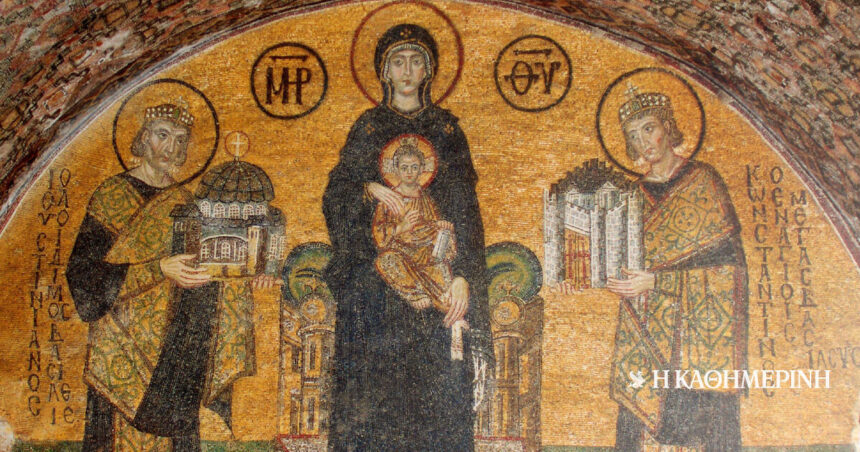In 316 AD the Constantine He declared war on the other Emperor Licinius, aiming to integrate all his powers to his face. Roman Empire. Since Constantine had received the title of Caesar in 306, he favored in a favorable manner to the Christians of the Empire, even involved in their inner arguments. Initially, Licinius had acted in favor of the Christians, following the example of Constantine. But when he had an attack on him, he transformed his policy by implementing a moderate series of persecutions, dismissing Christians from his environment and administrative services and to some extent prevent the Christian worship.
In July 324, the armies of the two emperors clashed in a battle near the river EBRO. Realizing that he was unable to defeat his opponent’s army, Licinius retreated, finding refuge in Byzantium. After the intervention of Constantine’s half -sister and wife of Likinio, he gave life to the defeated emperor on the condition that he resign all his rights. When Licinius resigned, Constantine, the patron of Christians, remained for the first time, after almost forty years, the only man who had in his hands all powers in the empire.
Constantine’s most important initiative was establishment of a new capital of the Empire in place of the ancient city of Byzantium.
In a very short period of time, Constantine introduced reforms to the army and the system of governance of the empire, which remained in force for several centuries after his death. Undoubtedly, the most important initiative he took was the Establishment of the new capital of the Empire in place of the ancient Greek city of Byzantium. According to the geographer of antiquity, Strabo, the city was founded in the mid -7th century. B.C. by great colonists. Their head was Vyzas, from whom the city was named.
Byzantium was in a strategic location, on the verge of Europe and Asia, and surrounded by the three sides by sea: From the sea of Marmara, the Bosphorus and the Gulf. By having the city in power, one could easily have access to both the Black Sea and the Lower Danube, where there were often foreign sex invasions, as well as the Aegean Sea and the Eastern Mediterranean. Rome, after all, was now symbolic, as no emperor from the middle of the 3rd century had settled in the eternal city.
At the end of 324 Constantine delineated his new capital, which received the name Constantinople. The foundation of the city was followed by a large urban venture, worthy of the emperor’s vision for his capital, which he endowed with many large churches, an example of his intentions on the road that his successors had to follow. The inauguration of the new capital, which Emperor dedicated to Our Ladyon May 11, 330 AD, the anniversary of the memory of St. Mokios, who testified during the persecutions of Diocletian. It was another attempt by Constantine to differentiate from his predecessors, supporting the empire’s shift to Christianity.
Column: Myrto Katsigera, Vassilis Minakakis, Antigoni-Despina Poumenidou, Athanasios Syroplakis




